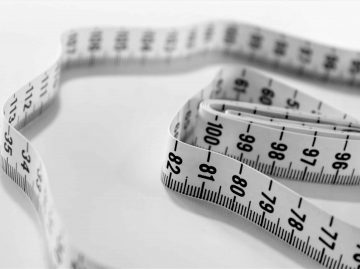News
Obesity Indicator: Waist Measurement Recommended

Updated health guidelines are urging people to measure their waist as an obesity indicator.
The recommendations from the National Institute for Health and Care Excellence (NICE) states an adult’s waist should be less than half their height, with body mass index (BMI) a useful indicator but not one that considers excess weight around the mid-rift.
The guidelines say when discussing the way to measure this obesity indicator: “Explain to people that to measure their waist, they should find the bottom of their ribs and the top of their hips, wrap a tape measure around the waist midway between these points and breathe out naturally before taking the measurement.”
An example would be if someone was 175cm tall, their waist measurement should be less than 87.5cm.
The latest estimates suggest 28% of adults in England are obese, with a further 36% overweight. All of this contributes to a cost to the NHS, with regards to treatment, of £6bn.
Debate has raged around how best to treat obesity as a condition, with Onhealth favouring a holistic approach that considers lifestyle characteristics and food intake as part of a tailored plan of action for our clients. We utilise medical professionals and scientific analysis to create a dedicated training and diet programme for each client.
We’ve helped clients transform their lives for the better, and we can help you too, with our 12-week weight management programme.
To find out more, click here and start your weight loss journey today.
